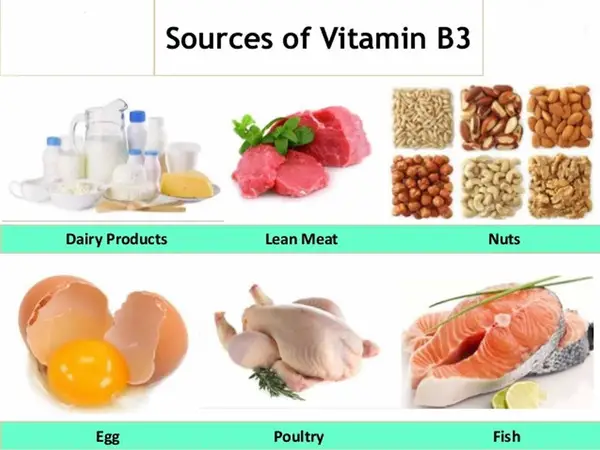Niacin, also known as B3, has historically been used to treat high cholesterol. Niacin is an essential water-soluble nutrient in the body as it helps convert food into energy and is involved in the productions of hormones and cholesterol. Due to side effects, and more modern medications, niacin is often not used to treat high cholesterol today.
Niacin uses revolve around maintaining healthy skin, digestive system as well as the nervous system. In the past, niacin was used as a primary supplement for cholesterol due to its ability to raise high-density lipoprotein (HDL) or “good” cholesterol levels while lowering low-density lipoprotein (LDL) or “bad” cholesterol levels.
Cholesterol is a waxy, fat-like substance produced in the body as well as found in many foods. The human body needs cholesterol to function properly in the production of some hormones as well as vitamin D. But too much cholesterol in the blood, especially LDL (“bad”) cholesterol is a major risk factor for heart disease and stroke.
How Cholesterol is influenced
Cholesterol levels are influenced by genetic and our diet. Our nutritional choices play a big role in influencing cholesterol levels. When we consume foods high in saturated fats, trans fat, these substances enter the bloodstream and signal the liver to increase cholesterol production. Over time, excess cholesterol resides on the walls of arteries, leading to a building up of plaque. This condition is called atherosclerosis.
As plaque accumulates, it narrows the space inside the arteries for blood flow. This results in an increase in blood pressure over time, as the heart needs to work harder to pump the blood through what has now become a narrower canal. As the heart works harder, the potential for heart disease; a heart attack or a stroke increases as well. A stroke results when a clot forms and block blood and oxygen flow.

Niacin was used as a supplement for cholesterol control due to its ability to raise high-density lipoprotein (HDL) while lowering low-density lipoprotein cholesterol levels. Niacin gradually fell out of favor due to its side effects and the emergence of more effective and safer medications. One of the most notable side effects of niacin supplement is a condition known as “flushing,”
Understanding the mechanism Niacin Flushing
Flushing is a physiological response that occurs when niacin causes the blood vessels to dilate, resulting in warm, tingling sensations and reddening of the skin, particularly on the face, neck, and upper body. This reaction is caused by the release of prostaglandins which cause inflammation and blood vessel dilation. The flushing reaction may create symptoms such as itching, a rash, or a feeling of warmth or burning sensation. While temporary and ultimately flushing, the process can be uncomfortable and even embarrassing for some people.
Today niacinis used as a nutritional supplement to treat niacin deficiency, which is relatively uncommon. B3 deficiency can lead to a condition called pellagra, which may be characterized by symptoms if cracked skin, dementia and diarrhea. Niacin can be obtained through food sources such as meat, fish, nuts and grains. Many foods like cereal and bread have niacin added to them as well
Statins as a first line of Treatment
Doctors often prescribe statins as a first line of treatment to lower LDL cholesterol levels. Statins are a group of lipid-lowering drugs that work by inhibiting an enzyme that is involved in the production of cholesterol in the liver. By blocking this enzyme, statins lower the levels of low-density lipoprotein cholesterol. While statins are primarily used for their cholesterol-lowering effects, they seemingly have other additional effects. Statins may help to reduce inflammation in the arteries as well as stabilize plaque buildup. And consequentially, they help to reduce cardiovascular events such as heart attacks and strokes.
All of the above is for information only, and is not to be taken as medical advice. Please see your medical doctor for formal advice.
Barry Schustermann
Follow me on X @BarrySchust
Follow me on Facebook @Barry Schustermann



